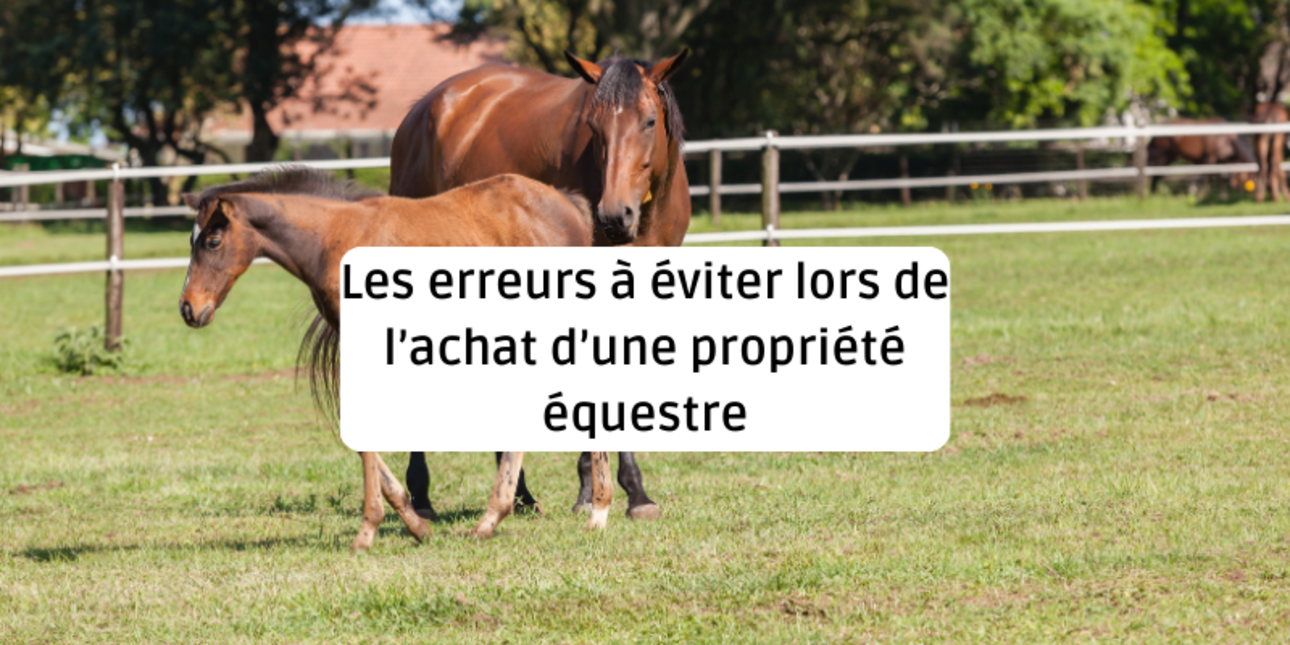
Buying an equestrian property is an exciting project, but there are many pitfalls for inexperienced buyers. Here are the main mistakes to avoid if you want to make a successful purchase and realize your equestrian dream.
One of the most common mistakes is not having a clear vision of your equestrian project before embarking on the purchase of a property. It's essential to clearly define your objectives: is it an owner's stable, an equestrian center, a breeding operation, or simply a place for your personal horses? Every project has specific needs in terms of infrastructure, surface area and location.
Many buyers underestimate the time and personal investment required to manage an equestrian property. You need to be realistic about your ability to reconcile this equestrian activity with your professional and family life. An equestrian structure requires a daily presence and a wide range of skills in management, horse care, maintenance and so on.
You have to compensate for your lack of experience with a great deal of preparation. Take the time to think about your long-term project. Ask yourself the right questions:
Make a list of the criteria that are essential, important, interesting... and tick the boxes before you commit yourself to something you might regret.
Draw up a detailed business plan with all the stages of your project if you're planning a commercial activity. Don't hesitate to consult professionals in the equestrian sector to fine-tune your project.
Location is crucial to the success of an equestrian project. Many people neglect to study the area in depth: soil quality, climate, access to water, proximity of equestrian services (veterinarians, farriers), riding possibilities, etc. The wrong choice can have major consequences on the well-being of the horses and the viability of the project. The wrong choice can have serious consequences for the well-being of the horses and the viability of the project.
A common mistake is not to check the property's accessibility for horse-drawn vehicles. Some narrow roads or bridges can pose problems. You also need to make sure that access is possible all year round, even in bad weather.
Visit the property at different times of the year to assess weather and ground conditions. Check the proximity of equestrian services and the presence of a local equestrian network (clubs, events). Test accessibility with a van or truck to ensure that large vehicles can easily access the property.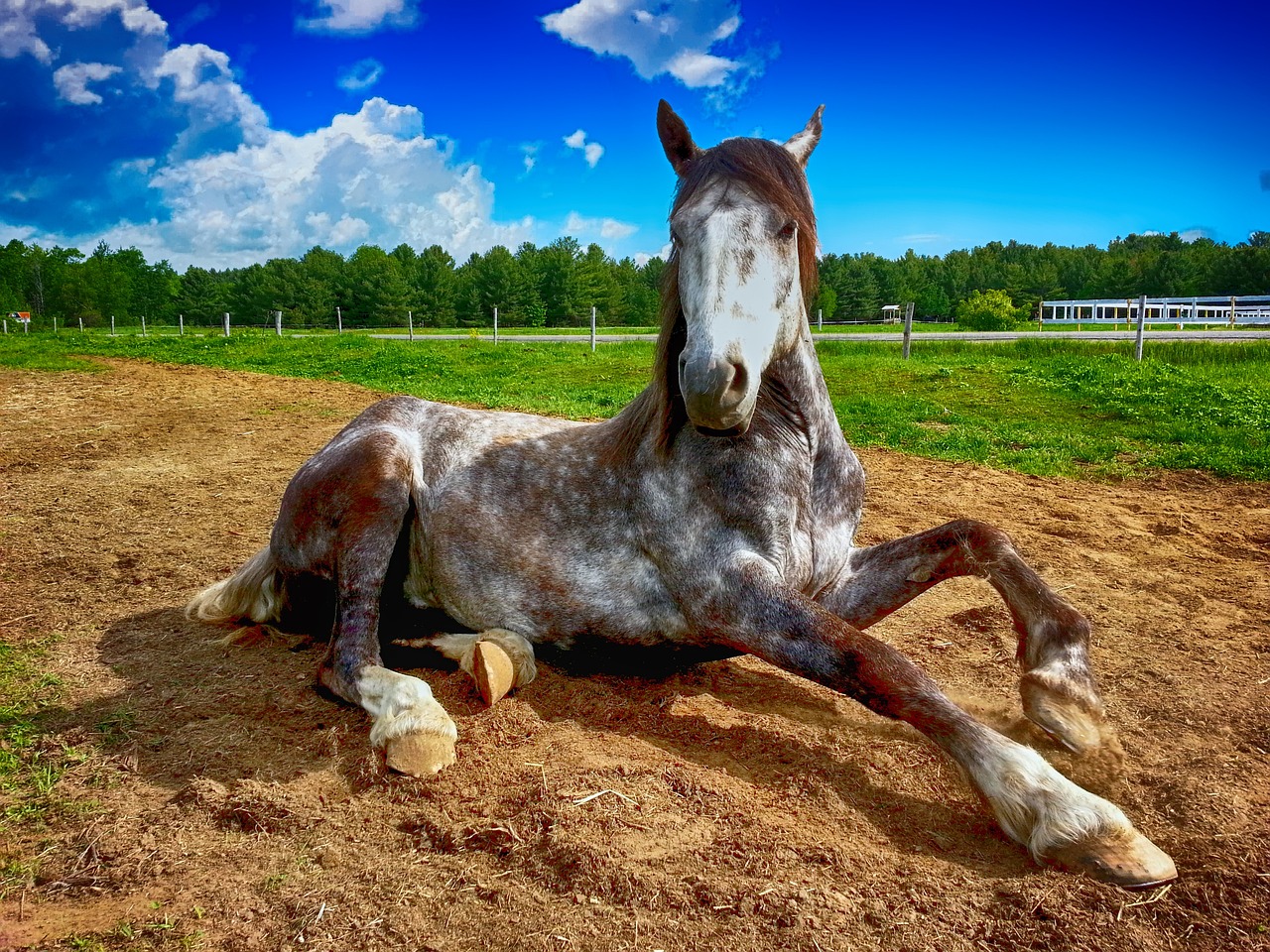
Check with the local council to find out about any upcoming urban planning projects that could impact your business. The proximity of the land to your home is also one of the first criteria to check, for the safety of your horses and your peace of mind.
Many buyers focus solely on the purchase price, without taking into account all the ancillary costs: work to bring the property up to standard, equipment to buy, maintenance costs, and so on. It's crucial to draw up a detailed budget that includes all these elements, to avoid unpleasant surprises.
For those contemplating a commercial activity, failing to carry out a thorough market study is a common mistake. You need to analyze local demand and the competition, and draw up a realistic business plan before taking the plunge.
Draw up a provisional budget for several years, including all costs: purchase, work, equipment, maintenance, running expenses, insurance, etc. Allow a safety margin for unforeseen events. If you're planning a commercial activity, carry out a thorough market study and draw up realistic financial projections. Consult a chartered accountant specialized in equestrian activities to validate your business plan.
The equestrian world is subject to numerous specific regulations. Ignoring these aspects can lead to problematic situations. It's essential to find out about the standards in force, the authorizations required, and the obligations in terms of safety and animal welfare.
Some buyers underestimate the importance of the administrative procedures involved in buying an equestrian property. It's crucial to check all documents: permits, operating authorizations, compliance of facilities, etc. Failure to do so can lead to legal complications later on.
Between the start of your project and its completion, many months will pass: from finding a property, to signing the compromis, to validating the administrative and financial procedures, to the final signature at the notary's office. By underestimating these timescales, you run the risk of over-anticipating certain investments or expenses, and of wanting to bypass certain necessary authorizations, without taking the risks into account.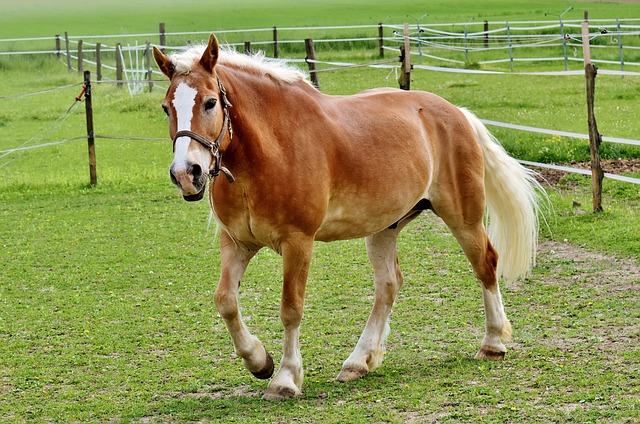
Ask the FFE (Fédération Française d'Équitation) and the IFCE (Institut Français du Cheval et de l'Équitation) about current regulations. Consult a lawyer specializing in rural and equine law to check all the legal aspects of your project. Make sure you have all the necessary authorizations before finalizing the purchase. Check that the facilities comply with safety and animal welfare standards.
For properties including horses, not having a full veterinary check-up is a major mistake. A thorough examination can detect any health problems that could have a significant impact on the value of the purchase.
Doing without a professional property valuation can prove costly in the long run. An expert will be able to detect structural problems, assess the conformity of installations, and give an accurate estimate of the property's value.
Call on an experienced equine veterinarian to examine all the horses included in the sale. Ask for a detailed report on their health, age and value. Hire a real estate expert specialized in equestrian properties to assess the general condition of the property, the conformity of the installations and its market value. Don't hesitate to call in other professionals if necessary: surveyors, architects, etc.
Water is vital for horses and equestrian activities. Not checking the quality and quantity of the water supply is a common mistake. It's important to ensure that the watering system is efficient and suited to the number of horses expected.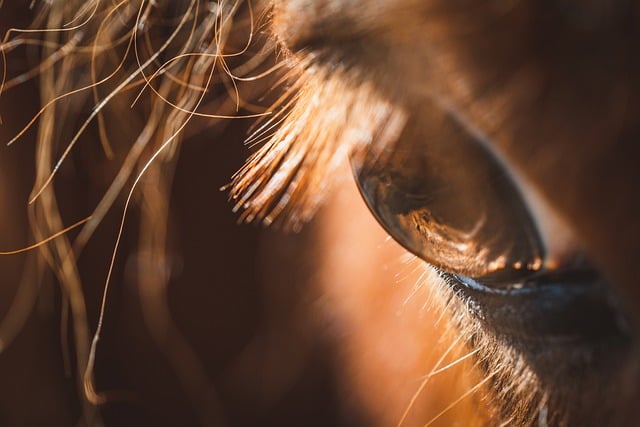
Many buyers underestimate the surface area required for equines. You need around 1 hectare per horse for proper grazing. Not having enough space can lead to overgrazing and animal welfare problems.
Have the water quality tested and check the available flow rate. Make sure the water supply system is reliable and adequate for your future needs. Calculate the exact surface area required, based on the number of horses you plan to keep and your activity. Allow for future expansion. Check the quality of the soil and its ability to support intensive grazing.
The stables are the heart of any equestrian property. It's a common mistake not to inspect them in detail. The condition of the stalls, ventilation, lighting, drainage system, etc. all need to be checked. Major renovations can quickly put a strain on a budget.
The condition of fences and paddocks is often overlooked during visits. Yet renovating them can be very costly. It is essential to check that they are sound and comply with safety standards.
Thoroughly inspect every building and facility: stables, riding arena, career, tack room, etc. Check the condition of plumbing, electricity and roofing. Evaluate the cost of renovation or upgrading if necessary. Take a close look at the condition of fences, gates and paddocks. Make sure they are secure and suitable for your activity. Budget for their maintenance or replacement if necessary.
It would be a mistake not to find out about the social and equestrian environment in the area. It's important to make sure that your project will be well received by the neighborhood and that it fits into the local equestrian fabric (presence of clubs, events, etc.).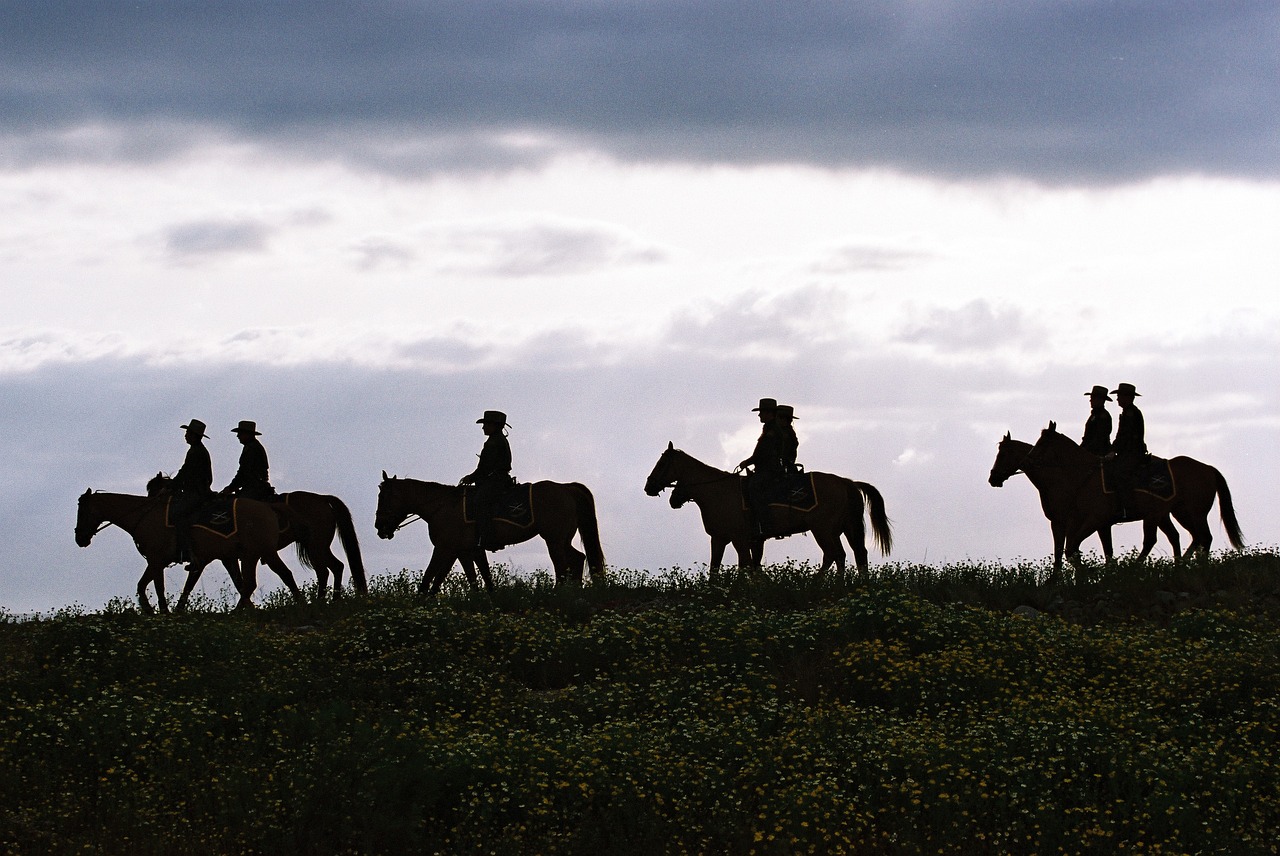
For a commercial activity, neglecting to build up a local professional network is a mistake. Contacts with other horse professionals (instructors, breeders, etc.) can be invaluable in developing your business.
Meet your neighbors and local equestrians before you buy. Find out about local equestrian events. Check that your project is compatible with surrounding activities. Start building your professional network right from the research phase. Take part in local equestrian events, meet other owners and horse professionals. This will help you better understand the local market and integrate your project into the region's equestrian ecosystem.
Buying an equestrian property is a complex project that requires careful preparation. It's up to you to discover them through a thorough inspection. Avoiding these common mistakes will allow you to approach your acquisition with serenity and maximize your chances of success. Don't hesitate to enlist the help of equestrian and real estate professionals to help you secure your project and turn your passion into a successful adventure.